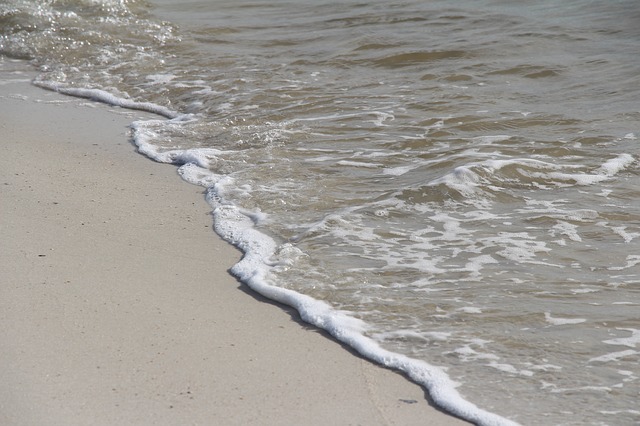Share some fascinating facts about ocean tides.
Ocean tides are one of the most captivating and dynamic natural phenomena on Earth. These regular, rhythmic changes in sea level are driven by the gravitational forces of the moon and the sun, and they play a critical role in the Earth’s coastal ecosystems. In this article, we will delve into some fascinating facts about ocean tides, exploring their causes, effects, and the science behind them.
Table of Contents
ToggleThe Basics of Tides
- Gravitational Pull
- The primary driver of tides is the gravitational pull of the moon and the sun. The moon, being closer to Earth, has a more significant influence. The gravitational attraction between the Earth and the moon causes the water on the side of Earth closest to the moon to bulge outwards, creating a high tide. At the same time, on the opposite side of Earth, inertia causes another bulge, resulting in another high tide.
- Tidal Cycle
- Most coastal areas experience two high tides and two low tides within a 24-hour period, known as a semidiurnal tide cycle. Some regions may experience only one high and one low tide per day, known as diurnal tides, while others might have mixed semidiurnal tides, showing variations in the height of successive high and low tides.
The Influence of the Sun
- Spring Tides
- When the Earth, moon, and sun are aligned during full moons and new moons, the combined gravitational forces result in higher-than-normal tides known as spring tides. Despite the name, spring tides have nothing to do with the season of spring; the term comes from the concept of “springing forth.”
- Neap Tides
- During the first and third quarters of the moon, when the sun and moon are at right angles relative to Earth, their gravitational forces partially cancel each other out, leading to lower-than-normal tides known as neap tides. Neap tides are characterized by a smaller difference between high and low tides.
Tidal Ranges and Variations
- Tidal Range
- The difference in height between high tide and low tide is known as the tidal range. This range can vary significantly based on geographic location, with some areas experiencing tidal ranges of less than a meter, while others, like the Bay of Fundy in Canada, can see tidal ranges of up to 16 meters.
- Amphidromic Points
- These are points in the ocean where the tidal range is almost zero, around which tides rotate. They are caused by the Coriolis effect and the shape of ocean basins, leading to complex patterns of tidal movement.
Tides and Coastal Ecosystems
- Intertidal Zone
- The area between high tide and low tide, known as the intertidal zone, is a unique and highly dynamic ecosystem. It is home to a variety of marine life adapted to withstand both submerged and exposed conditions, such as barnacles, mussels, and sea stars.
- Tidal Pools
- During low tide, tidal pools form in rocky coastal areas. These pools can trap small marine organisms and provide a habitat for a diverse array of life, including anemones, crabs, and small fish.
Human Interaction with Tides
- Tidal Energy
- The movement of tides can be harnessed to generate tidal energy, a form of renewable energy. Tidal power plants, such as the one in La Rance, France, use the energy from rising and falling tides to produce electricity.
- Navigation and Fishing
- Knowledge of tidal patterns is crucial for navigation and fishing. Fishermen often plan their activities around the tides to ensure a successful catch, while ships must consider tides to safely enter and leave harbors.
Tidal Anomalies
- King Tides
- King tides are exceptionally high tides that occur when the Earth, moon, and sun are in alignment and the moon is at its perigee, or closest point to Earth. These tides can cause coastal flooding and significant changes in coastal environments.
- Tidal Bores
- A tidal bore is a rare phenomenon where the incoming tide forms a wave that travels up a river or narrow bay against the direction of the current. Famous tidal bores include those on the Qiantang River in China and the Severn River in the UK.
The rhythmic rise and fall of ocean tides are a testament to the intricate dance between celestial bodies and our planet. Understanding tides not only enriches our appreciation of natural phenomena but also highlights their importance in coastal ecosystems, human activities, and renewable energy sources. From the predictable cycles driven by the moon and sun to the unique tidal anomalies that capture our imagination, the study of tides offers a glimpse into the powerful forces shaping our world.








